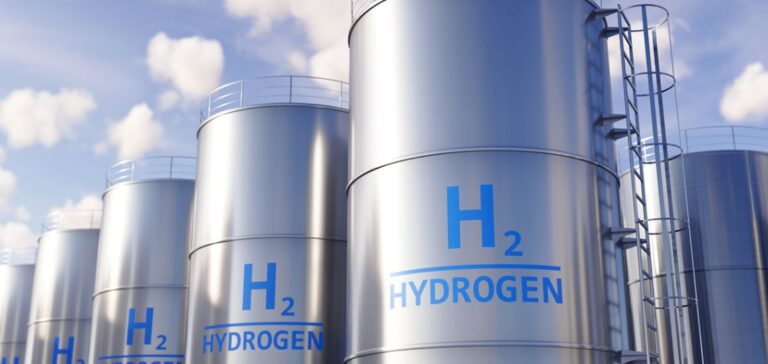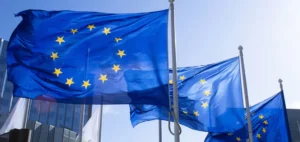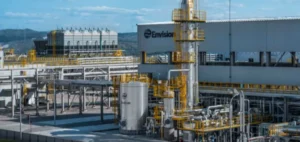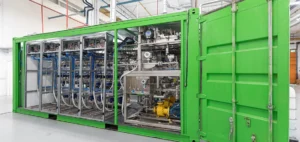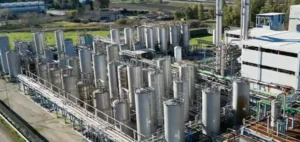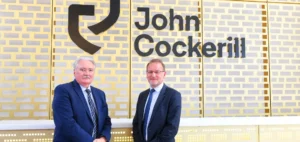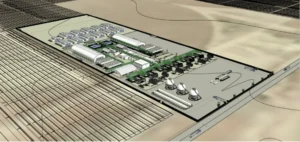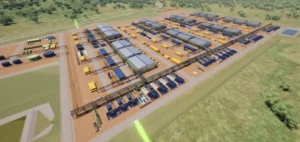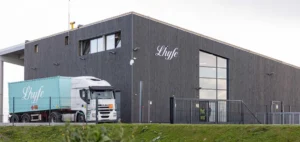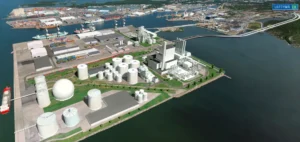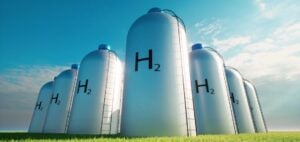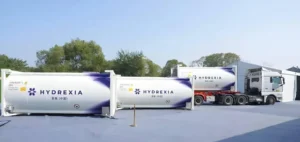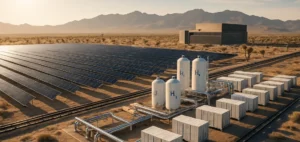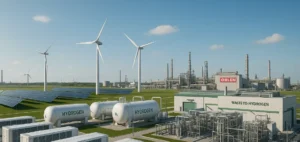Cipher Neutron Inc. (CN) has recently achieved a major breakthrough in hydrogen production. Their new anion exchange membrane (AEM) electrolyzers achieved an efficiency of 94.36%, a figure never seen before. This performance translates into an energy consumption of just 41.754 kWh to produce one kilogram ofhydrogen, not counting purification losses, which are generally less than 3 kWh per kilogram. These results have been verified according to industry standards, guaranteeing their reliability and reproducibility. This project must meet decarbonization objectives, and the deployment of low-carbon hydrogen requires rigorous accounting of its actual carbon intensity, as well as a clear regulatory framework.
Economic Impacts of Improved Efficiency
This significant improvement in the efficiency of Cipher Neutron’s AEM electrolysers offers several economic advantages:
1. Lower energy costs: Reducing the energy required to produce hydrogen means a substantial reduction in operating costs, electricity being one of the main items of expenditure in this sector.
2. Lower maintenance costs: Increased efficiency means less wear and tear on equipment, which translates into lower maintenance costs and longer system life.
Optimizing Productivity and Profitability
1. Increased productivity: With improved efficiency, the amount of hydrogen produced per unit of energy increases, thus improving productivity without requiring additional energy input.
2. Market competitiveness: Lower production costs enable Cipher Neutron to offer hydrogen at more competitive prices, strengthening its market position against traditional energy alternatives.
Investment Opportunities and Industrial Development
The increased efficiency of electrolyzers makes large-scale hydrogen production more viable, attracting new investment. This could accelerate the adoption of hydrogen as a key energy source in various industrial sectors, including manufacturing, transport and energy. This technological breakthrough from Cipher Neutron underlines the importance of innovation in the energy sector. By optimizing the efficiency of their electrolyzers, Cipher Neutron has positioned itself as a major player, capable of providing an economical and reliable solution for hydrogen production.

